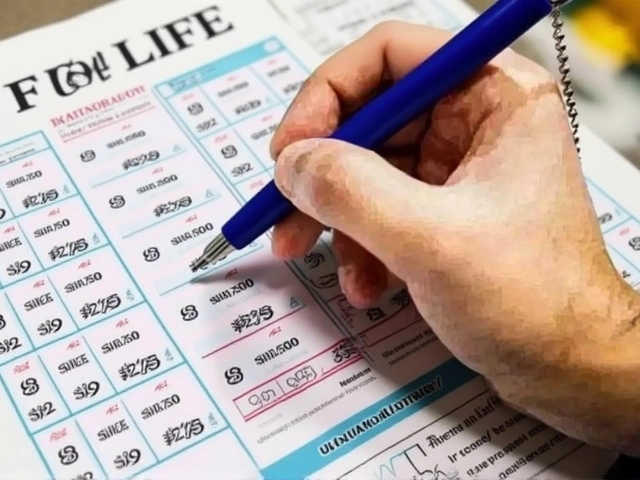Safety First: How to Keep Yourself Protected in Motorsports
If you love the roar of engines, you also need to love the idea of coming home in one piece. Whether you’re tearing up a legal track or riding a bike on the road, the same basic safety rules apply: wear the right gear, respect the limits, and stay aware of what’s around you.
Gear Up Right – It’s Not Just a Fashion Statement
Helmet, gloves, boots, and a well‑fitted suit are the bare minimum. A full‑face helmet can cut head injuries by more than 50 %, and a good pair of racing shoes gives you the grip you need to brake hard without slipping. Think of your gear as the first line of defense – if it’s cheap or ill‑fitted, you’re gambling with your life.
When you’re on a motorcycle, a back protector and chest armor add a layer of protection that can turn a nasty spill into a bruise. For car racers, a well‑maintained roll cage and harness keep you locked in the seat, preventing ejection if the car flips. Don’t skip the pre‑check: make sure straps are tight, helmets aren’t cracked, and shoes aren’t worn out.
Know the Risks on Different Tracks
Street racing might sound thrilling, but the danger level is off the charts. Narrow lanes, unpredictable traffic, and lack of barriers make every turn a gamble. If you crave speed, hit a legal circuit instead – you’ll get proper run‑off zones and safety crews on standby.
In MotoGP, riders face higher risk than Formula 1 because they have far less physical protection. That’s why the sport invests heavily in air‑bag suits and quick‑release levers. The lesson? If you’re riding a high‑performance bike, consider an air‑bag jacket – it can dramatically reduce injury in a crash.
Unrestricted race ideas sound fun, but mixing cars, trucks, EVs, and self‑driving machines on one track brings a safety nightmare. Different acceleration rates and braking distances can cause chain‑reaction collisions. Organisers usually set vehicle classes for a reason – they’re trying to keep the odds of a serious crash low.
Even NASCAR avoids certain venues for safety reasons. Barber Motorsports Park, for example, is built for bikes and sports cars, not the massive stock cars that need wide runoff areas and reinforced barriers. Choosing a track that matches your vehicle type is a simple way to stay safe.
One more tip: always do a walk‑through before you race. Spot any debris, check the condition of tires, and make sure the track’s safety barriers are in place. A quick visual scan can catch a loose bolt or a small oil spill before it becomes a big problem.
Bottom line? Safety in motorsports isn’t a single piece of advice – it’s a habit. Keep your gear up‑to‑date, pick the right venue, respect the speed limits of the environment, and stay alert. Follow these basics, and you’ll enjoy the thrill while keeping the risk under control.

In recent discussions, I've noticed that many people believe automotive racing is extremely dangerous. However, after delving deeper into the topic, I discovered that safety measures have significantly improved over the years, reducing the risk of accidents and fatalities. Technological advancements and stringent regulations have also played a significant role in making the sport safer for participants. While there is always an inherent risk in racing, it's important to remember that the sport has evolved and become safer over time. Let's not forget the passion and dedication of the racers, who continuously train and adapt to minimize risks and perform their best on the track.
Maverick Kincaid May 5, 2023



